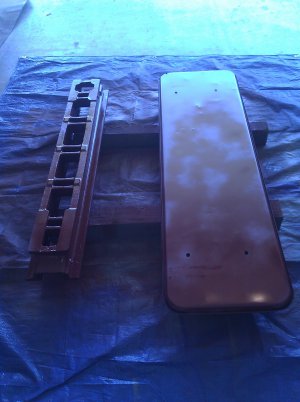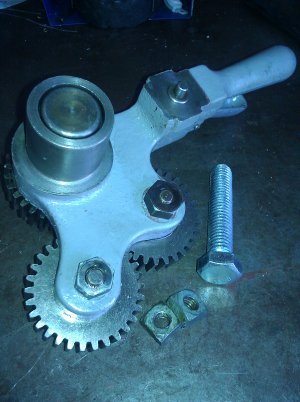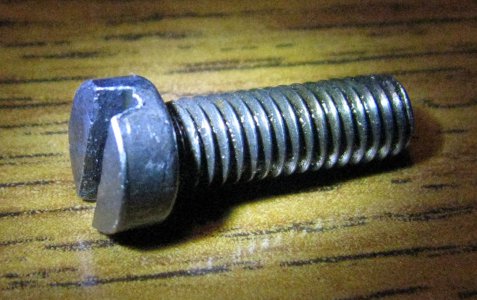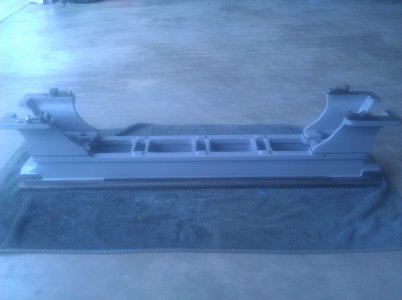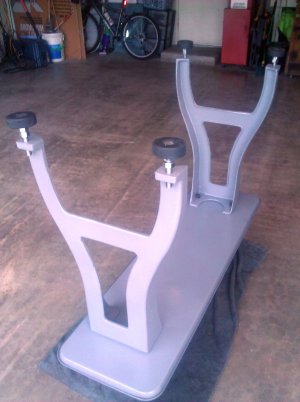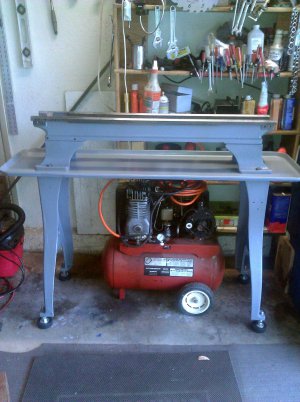Re: Greg's Logan 820 Restoration - Follow up on the Fillister and Socket Head Cap Screws
So I got some 10x32 SHCS. Turns out their heads are too tall (by 0.085") for the counterbores in the lathe bed, so they don't fit flush. Were they out-of-spec? No, the heads are good (0.189" tall). The problem is with the so-called Fillister head screws that were in my lathe. Proper fillister heads have a curved top -- I don't know what the original Logan-provided screws were, but the heads on mine had been filed or ground down so the heads would fit flush with the ways. This leaves only .025 of screwdriver slot depth, no wonder they got mangled in my struggles to remove them. (Should be at least .064".)
Fellow Logan owners: do the rack-mounting screws fit flush in your lathe's bed? Are they real, standard FHCSs or have they been modified similiar to mine. Here are my "FHCS" and a standard SHCS posing against the Handbook's specs for FHCS.
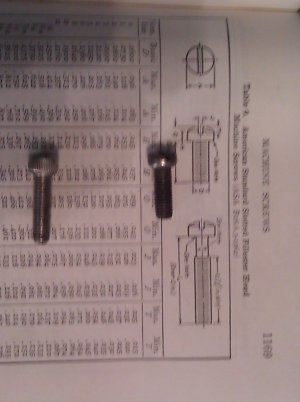
Maybe I will just deepen the slots and reinstall the FHCS, at least until I get the lathe back together. Then I can either make new pseudo-fillisters or trim the underside of the SHCS heads so they can go in flush, if needed. Yeah, one screw is hidden under the headstock. I don't plan to remove the headstock again just to change it!
Progress report on the bed, tray and legs restoration
The legs have been tapped for the hockey puck feet, the old paint removed, and primer coats applied. Likewise for the bed feet. Paint also removed from the bed and the chip tray. For the tray, I used an aluminum oxide disk on an angle grinder and it now looks so nice and bright that I'm tempted to leave it bare metal. But I will paint it; and I'm sure it will quickly return to a dirty, stained, and chipped-paint state.
I hope to finish the priming this weekend and do the finishing coats this week. According to my logbook, tomorrow (20 July) will be the one-year mark on this restoration.
from 05July14
Henry, thanks for the tip, I'll check it out.
I had assumed SHCSs would be too tall, but according to Machinery's Handbook, they should fit. They have the same maximum head diameter (0.313") and have a 0.015" lower max. head height than the fillister heads. ]
Fortunately, the threads in my rack are all still okay.
Greg
from 05July14 Originally Posted by hvontres
I wound up using some 10x32 socket head cap screws to replace the filister heads when I re-attached the rack on my clausing. The fit in the counterbore is snug, but not too tight. I actually neede to helicoil the rack, since only 1 of the four tapped holes had any sort of recognizable threads left 
from 04July14 Originally Posted by gjmontll
...
Removing the rack from the bed was difficult. The six fillister head screws (#10-32 x 9/16") wouldn't budge. Repeated squirts of PB Blaster from above and below did the job in a few hours. I was just about to drill out the final screw but it finally surrendered. Several screw heads suffered wounds during this struggle. I tried to find replacements locally, no luck yet. I may have to make my own after the lathe is running again.
...
Greg





